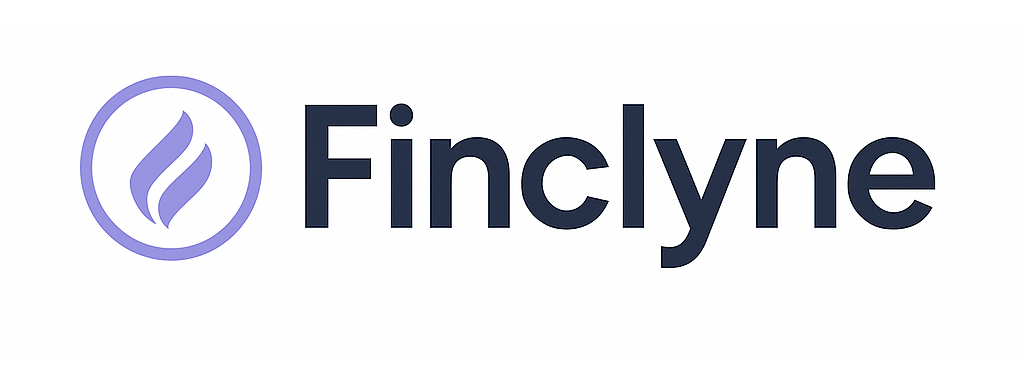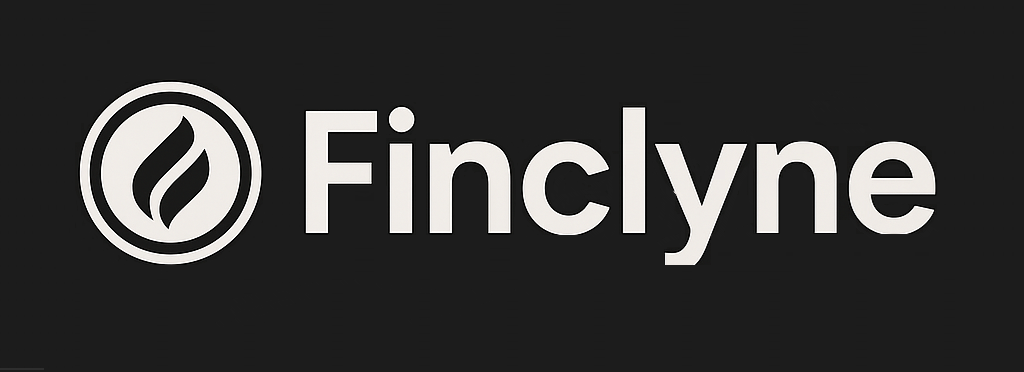Best Low-Cost ETFs for US Equity Exposure This Independence Day
As Americans celebrate Independence Day, a holiday commemorating national liberty, many young investors are focusing on a more personal kind of freedom: financial independence. For generations, the U.S. stock market has been a primary engine for wealth creation, representing the pinnacle of American enterprise. In the past, accessing this engine could be complex and costly. Today, however, a powerful and accessible tool exists for anyone looking to invest in the broad U.S. economy: the low-cost exchange-traded fund (ETF). These funds, which bundle hundreds or even thousands of stocks into a single share, offer instant diversification and have become the go-to choice for building a long-term, foundational portfolio, especially for those just starting their investment journey.
At the heart of the low-cost ETF revolution are funds that track the S&P 500 index. This index represents approximately 500 of the largest and most influential publicly traded companies in the United States, from tech giants to healthcare leaders. For investors seeking a direct stake in these blue-chip companies, several excellent options exist. The Vanguard S&P 500 ETF (VOO) and the iShares Core S&P 500 ETF (IVV) are market leaders, both commanding an astonishingly low expense ratio of just 0.03%. This means that for every $10,000 invested, the annual management fee is only $3. Both funds offer nearly identical exposure to the American corporate landscape and boast immense liquidity, making them easy to buy and sell. While the SPDR S&P 500 ETF Trust (SPY) is the oldest and most traded ETF in the world, its slightly higher expense ratio of 0.0945% makes it more popular among institutional traders, leaving VOO and IVV as the preferred choices for long-term, cost-conscious retail investors.
For those who desire even broader diversification, total stock market ETFs offer a compelling alternative. Instead of focusing only on the 500 largest companies, these funds aim to capture the entire U.S. equity market, including mid- and small-cap companies. This approach provides exposure to thousands of firms, reflecting a more complete picture of the U.S. economy. The premier fund in this category is the Vanguard Total Stock Market ETF (VTI). With holdings in nearly every publicly traded U.S. stock, VTI is the ultimate one-stop-shop for domestic equity exposure. It also features a rock-bottom expense ratio of 0.03%, making it an incredibly efficient way to own a piece of the entire American market. Its main competitor, the iShares Core S&P Total U.S. Stock Market ETF (ITOT), offers a similar portfolio and the same 0.03% expense ratio, providing another excellent, highly diversified core holding.
While broad market funds are ideal for a portfolio’s foundation, some younger investors with a higher tolerance for risk may also be interested in a more concentrated bet on innovation and growth. The Invesco QQQ Trust (QQQ) tracks the Nasdaq-100 index, which comprises the 100 largest non-financial companies listed on the Nasdaq stock exchange. This fund is heavily weighted toward the technology sector, including titans like Apple, Microsoft, and NVIDIA. While QQQ has delivered impressive historical returns, it is crucial to understand that its concentration in a single sector makes it significantly more volatile than S&P 500 or total market funds. Its expense ratio of 0.20% is also higher than the core options. Therefore, it is often considered a satellite holding to complement a diversified base, rather than a standalone investment.
Ultimately, declaring financial independence is a long-term pursuit built on consistent, disciplined investing. Low-cost ETFs tracking U.S. equities provide a simple, powerful, and affordable vehicle for embarking on that journey. By leveraging these tools, young adults can harness the long-term growth potential of the U.S. economy and take a tangible step toward building a secure financial future. As with any investment, conducting personal research and understanding how these assets fit within one’s own financial plan is the critical first step.





